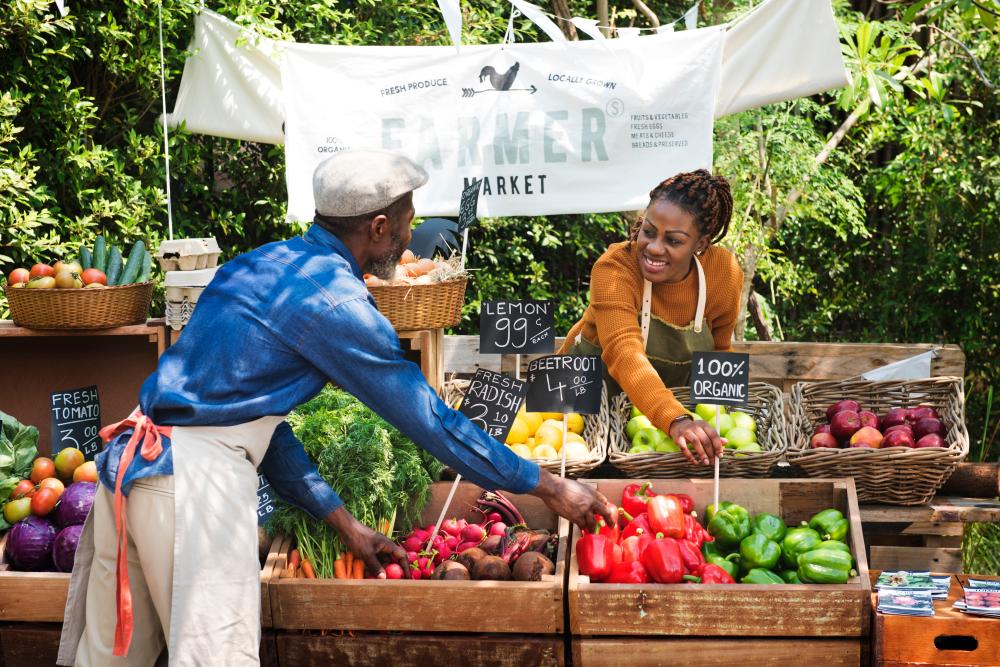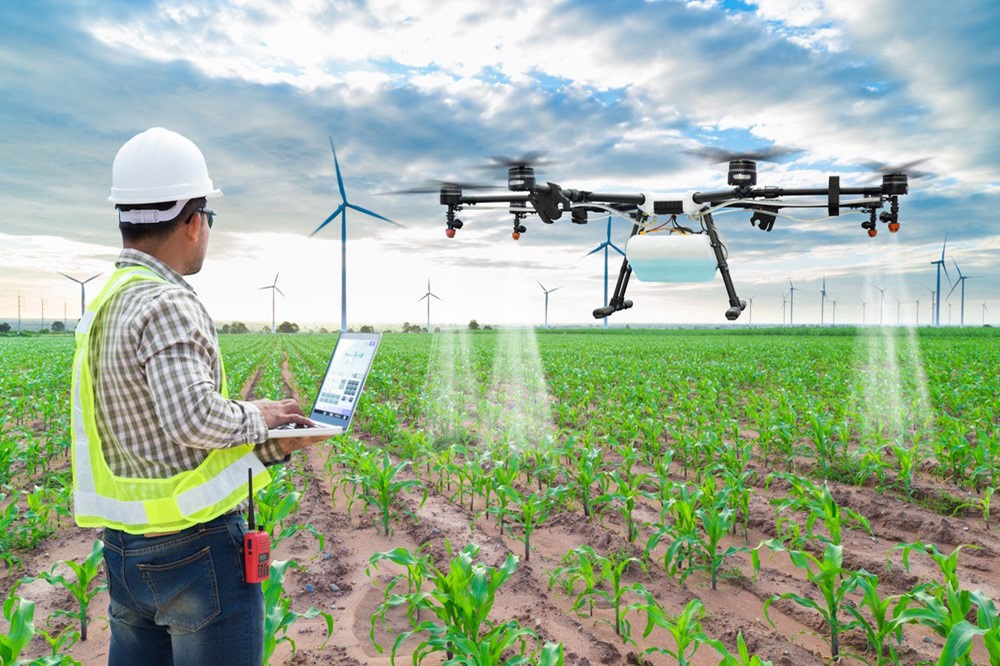In an era of increasing consumer demand for fresh, sustainable, and locally sourced food, Direct-to-Consumer (DTC) Farm Markets have emerged as a transformative force in the agriculture industry. By cutting out intermediaries, these markets create a direct link between farmers and consumers, fostering transparency, sustainability, and mutual benefits.
This beginner’s guide delves into the concept of DTC farm markets, exploring their structure, benefits, challenges, and role in reshaping agricultural sales and the global food ecosystem.
What Are Direct-to-Consumer Farm Markets?
Direct-to-Consumer (DTC) farm markets refer to sales channels where farmers sell their produce, goods, or services directly to end consumers, bypassing traditional intermediaries such as wholesalers, retailers, or distributors. This model encompasses a variety of platforms, including:
- Farmers’ Markets: Localized markets where multiple farmers and artisans sell their products.
- On-Farm Stores: Retail outlets located directly on farms.
- Community-Supported Agriculture (CSA): Subscription-based models where consumers receive regular deliveries of farm-fresh goods.
- E-Commerce Platforms: Online marketplaces and websites where farmers sell directly to consumers.
DTC farm markets emphasize transparency, quality, and a personal connection between producers and buyers, often aligning with consumers’ preferences for sustainable and ethically sourced food.
Key Features of DTC Farm Markets
1. Direct Interaction
Farmers engage directly with consumers, allowing for personal relationships, storytelling, and feedback.
2. Fresh and Local Products
Produce is typically harvested at peak freshness and sold within days, ensuring higher quality and reduced food miles.
3. Flexible Sales Models
Farmers can adopt diverse methods, from in-person markets to digital platforms, tailoring their approach to consumer needs.
4. Transparency and Traceability
Consumers gain insight into the origin of their food, farming practices, and the environmental impact of their purchases.
Benefits of DTC Farm Markets
1. Increased Profit Margins for Farmers
By eliminating intermediaries, farmers retain a larger share of the revenue, improving their financial sustainability.
Example: A small-scale organic vegetable grower in California earns 60% more by selling directly to consumers than through traditional wholesale channels.
2. Consumer Access to High-Quality Products
Consumers enjoy fresh, high-quality food while supporting local economies.
Example: A CSA subscriber in Boston receives weekly boxes of seasonal produce, fostering a deeper appreciation for locally grown food.
3. Strengthened Farmer-Consumer Relationships
Face-to-face or direct online interactions build trust, loyalty, and community connections.
Example: Shoppers at a farmers’ market in Paris develop relationships with artisanal cheese producers, learning about their heritage and processes.
4. Promotion of Sustainable Practices
Farmers can highlight their eco-friendly practices, appealing to environmentally conscious consumers.
Example: A regenerative farm in New Zealand uses DTC sales to educate consumers about its carbon-neutral operations.
5. Agility in Market Responses
Farmers can quickly adapt to consumer preferences, experimenting with new products and pricing strategies.
Example: An urban farm in Tokyo pivots to selling ready-to-eat salad kits after customer feedback at its market stall.
Types of DTC Farm Market Models
1. Farmers’ Markets
Seasonal or year-round events where farmers gather to sell directly to the public.
- Pros: Community-focused, wide reach, low setup costs.
- Cons: Limited to specific locations and hours.
2. Farm Stands and Stores
Permanent or temporary structures on the farm itself.
- Pros: Ideal for promoting farm experiences (e.g., tours, U-pick).
- Cons: Relies on consumer willingness to travel to the farm.
3. Community-Supported Agriculture (CSA)
Subscription models where consumers pay upfront for weekly or monthly deliveries of farm produce.
- Pros: Predictable revenue for farmers, strong consumer loyalty.
- Cons: High initial commitment required from consumers.
4. E-Commerce and Delivery
Farmers sell through websites, apps, or online marketplaces, often offering home delivery.
- Pros: Convenience, scalability, and access to broader markets.
- Cons: Logistics and delivery costs can be challenging.
The Role of Technology in DTC Farm Markets
1. Online Marketplaces
Platforms like FarmDrop, LocalHarvest, and individual farm websites enable farmers to reach tech-savvy consumers.
2. Social Media Marketing
Farmers use Instagram, Facebook, and TikTok to showcase their products, share stories, and engage with potential customers.
Example: A Canadian honey producer uses Instagram reels to highlight the beekeeping process, boosting sales.
3. Payment Solutions
Digital wallets, QR codes, and mobile POS systems simplify transactions for both farmers and consumers.
4. Data Analytics
Farmers use analytics to understand consumer preferences, optimize pricing, and forecast demand.
Challenges in DTC Farm Markets
1. Time and Labor Intensity
Selling directly to consumers requires significant time and effort, from marketing to logistics.
Solution: Invest in automation tools and collaborative sales platforms.
2. Scaling Limitations
DTC models often cater to niche markets, making scalability challenging.
Solution: Leverage e-commerce and partnerships with aggregators for wider reach.
3. Perishability of Products
Fresh produce has a short shelf life, increasing the risk of waste.
Solution: Implement efficient inventory management and explore value-added products (e.g., jams, dried fruits).
4. Consumer Education
Consumers unfamiliar with seasonal eating or local sourcing may need guidance.
Solution: Use social media and events to educate and engage customers.
Global Examples of Successful DTC Farm Markets
1. Polyface Farms (USA)
Polyface Farms uses on-farm sales, farmers’ markets, and a robust online store to sell pasture-raised meats directly to consumers.
Outcome: The farm has become a global model for sustainable DTC operations.
2. Farmers’ Markets in France
Local farmers’ markets, known as marchés fermiers, are deeply ingrained in French culture, offering high-quality produce directly from farmers to consumers.
Outcome: These markets contribute significantly to the country’s agricultural economy.
3. Agritourism in Italy
Italian farms combine DTC sales with agritourism, offering experiences like wine tastings and farm stays.
Outcome: Farms generate additional income while promoting local heritage.
The Future of DTC Farm Markets
1. Urban Expansion
As urban farming grows, DTC models will bring fresh, local food to city centers.
2. Tech-Enabled Customization
AI and machine learning will enable farmers to personalize offerings based on consumer preferences.
3. Sustainability Integration
DTC markets will lead the charge in promoting zero-waste, carbon-neutral, and regenerative farming practices.
4. Collaborative Networks
Farmers may form regional cooperatives to share resources, logistics, and marketing strategies, enhancing their competitiveness.
Conclusion
Direct-to-Consumer Farm Markets are revolutionizing the agricultural sales model, empowering farmers and delivering unparalleled value to consumers. By fostering transparency, promoting sustainability, and building community connections, these markets represent the future of food systems.
For farmers, adopting a DTC model is not merely an opportunity—it is a strategic imperative to thrive in a competitive and evolving marketplace. For consumers, supporting DTC farm markets means investing in quality, sustainability, and a closer connection to the sources of their food.
With the right mix of innovation, collaboration, and commitment, DTC farm markets can reshape the agriculture industry, ensuring a more equitable and sustainable future for all.
4o



